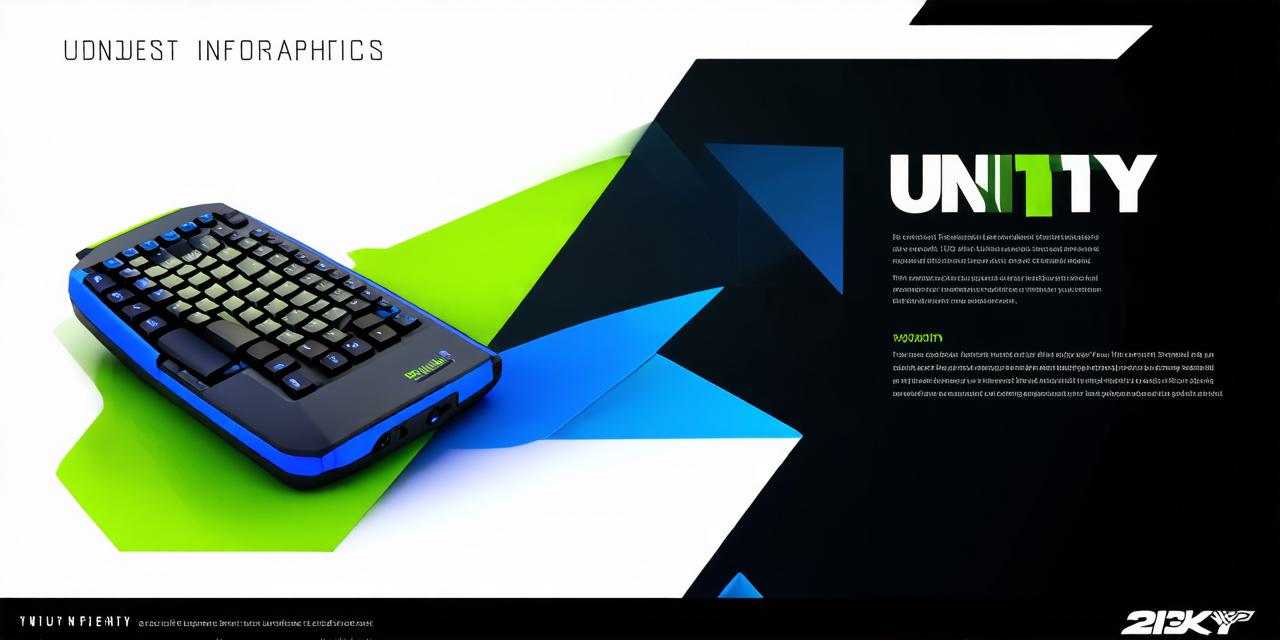If you’re a developer looking to create immersive, interactive games or virtual experiences, then Unity 3D is the platform for you. With its intuitive interface, powerful features, and vast community of developers, Unity 3D has become one of the most popular game development platforms in use today. In this article, we’ll explore everything you need to know about Unity 3D and why it’s the perfect choice for any developer looking to create cutting-edge games and experiences.
What is Unity 3D?

Unity 3D is a cross-platform game engine that allows developers to create interactive games, virtual reality (VR) experiences, and more for a wide range of devices and platforms. It was first released in 2005 by Danish brothers Hans Peter Falkenberg and Thomas Falkenberg, and has since grown into a massive ecosystem with millions of users worldwide.
Why choose Unity 3D?
There are many reasons why developers choose to use Unity 3D over other game engines and platforms. Here are just a few:
- Cross-platform compatibility: Unity 3D allows you to create games and experiences that can run on a wide range of devices and platforms, from PCs and consoles to mobile devices and VR headsets. This means you can reach a much larger audience with your work.
- Easy to use: Unity 3D has a user-friendly interface that makes it easy for developers to get started with game development, even if they have no prior experience. It also features a large number of built-in tools and assets that can help streamline the development process.
- Vast community support: Unity 3D has a huge community of developers who contribute to its open-source codebase, create and share free assets and plugins, and provide support through forums and other online resources. This means you’ll always have access to help and advice when you need it.
- Powerful graphics capabilities: Unity 3D features a powerful graphics engine that can render high-quality visuals on even the most demanding hardware. It also supports advanced graphics techniques like ray tracing, which can give your games and experiences a more realistic look and feel.
Case studies in action
One of the best ways to understand the power of Unity 3D is to look at some real-world examples of games and experiences that have been created using the platform. Here are a few:
- "The Last of Us": This critically acclaimed video game was developed using Unity 3D, and its immersive storytelling and stunning visuals have earned it numerous awards and accolades.
- "Job Simulator": Created by Oculus VR for the HTC Vive headset, this virtual reality game uses Unity 3D to create a highly interactive and engaging experience that has been praised for its realism and attention to detail.
- "Pokémon Go": This wildly popular mobile game was created using Unity 3D, and its ability to integrate with the real world and engage players on a global scale has made it one of the most successful games of all time.
Summary
Unity 3D is a powerful game development platform that offers developers everything they need to create cutting-edge games and experiences for a wide range of devices and platforms. With its easy-to-use interface, vast community support, and powerful graphics capabilities, Unity 3D is the perfect choice for any developer looking to make their mark in the world of game development.
